calsfoundation@cals.org
Hot Springs Central Avenue Historic District
The Hot Springs Central Avenue Historic District extends from 205 Park Avenue to 702 Central Avenue in Hot Springs (Garland County). It contains some of the state’s finest historic buildings built between 1886 and 1930. The district was added to the National Register of Historic Places on June 25, 1985.
The buildings reflect the growth of Hot Springs as one of the nation’s premier resort destinations in the late 1800s through the mid-1900s. The Central Avenue area has traditionally been the main commercial district of Hot Springs. Fronting Bathhouse Row, the stores, hotels, offices, and restaurants located on Central Avenue served local residents as well as the visitors who drove the city’s booming tourist trade until the last half of the twentieth century.
The thoroughfare was originally called Valley Street, being located in the valley of Hot Springs Creek. It has been the hub of commerce for the city since early settlement around the thermal springs, which at first consisted of simple wooden shacks. Few substantial buildings on Central Avenue were constructed until after the 1876 U.S. Supreme Court decision regarding who held title to the land in Hot Springs. By the late 1870s, the street was named Central Avenue to reflect its status as the city’s commercial center.
Between 1892 and 1923, elaborate spa buildings were constructed along Central Avenue’s Bathhouse Row. Along with the Grand Promenade, Bathhouse Row was designated a National Historic Landmark District in 1987. The magnificent bathhouses located there are the Buckstaff, Fordyce, Hale, Lamar, Maurice, Ozark, Quapaw, and Superior.
The construction of the bathhouses led to the launch of nearby hotels, restaurants, shops, and theaters to support the tourist trade. However, much of Central Avenue was destroyed repeatedly, along with most of downtown Hot Springs, in the catastrophic fires of the late 1800s and early 1900s. Especially devastating was the fire of 1913, as well as the fire accompanied by a flood in 1923.
After each setback, the commercial structures along Central Avenue were constructed more and more elaborately, utilizing progressively better materials. Built in a variety of architectural styles, they were often designed by the region’s most distinguished architects, including Charles Johnson and George Mann, designer of the Arkansas State Capitol. Most were two to three stories and made of brick, with many having ornamental metal fronts.
Along with the entire Central Avenue Historic District being named to the National Register of Historic Places, individual structures in the district that have been named to the register include the Citizens Building, Malco Theatre, Medical Arts Building, Riviera Hotel, Wade Building, and the nearby Park Hotel, as well as the legacy buildings of Bathhouse Row. Two buildings that are also especially noteworthy in the district are the neoclassical Thomson Building, designed by George Mann, and the DeSoto Mineral Springs Building. The DeSoto is home to administrative offices and a visitor center for the nationally known Mountain Valley Spring Co., which has bottled spring water continuously in Hot Springs since 1871.
Two notable legacy properties in the district are the Arlington Hotel and the Majestic Hotel. The Arlington dates back to 1875, when it was the largest hotel in the state. The current structure opened in 1924 and is still a center of activity in Hot Springs. The Majestic was built in 1882 as the Avenue Hotel and was renamed the Majestic in 1888. By the 1980s, when tourism in Hot Springs had declined, portions of the building were closed while other parts were renovated. The Majestic officially closed in 2006. Plans for the building were announced by several entities but never came to pass. On February 27, 2014, the oldest portion of the abandoned Majestic was destroyed by fire. Some historical preservation groups have stated that the loss of the Majestic may have led to increased awareness of the value of the historic buildings along Central Avenue.
On May 28, 2014, the Hot Springs Sentinel-Record stated that the Historic Preservation Alliance of Arkansas named “nearly the entire downtown Hot Springs area” to be included on the 2014 list of Arkansas Endangered Places. The alliance calls the area one of the most recognizable commercial districts in the state, encompassing a “wealth of historic buildings dating from the late 19th and early 20th centuries.” On October 1, 2014, the Hot Springs Central Avenue Historic District was named one of the “Ten Great Streets in America” for 2014 by the American Planning Association, joining other honorees including Broadway in New York City and Pennsylvania Avenue in Washington DC.
For additional information:
Hanley, Ray. A Place Apart: A Pictorial History of Hot Springs, Arkansas. Fayetteville: University of Arkansas Press, 2011.
Hanley Ray, and Steven G. Hanley. Hot Springs, Arkansas. Charleston, SC: Arcadia Publishing, 2000.
“Hot Springs Central Avenue Historic District.” National Register of Historic Places nomination form. On file at Arkansas Historic Preservation Program, Little Rock, Arkansas. Online at http://www.arkansaspreservation.com/National-Register-Listings/PDF/GA0049.nr.pdf (accessed September 27, 2021).
Thomason, Don. “Hot Springs Sites Named to Endangered Places List.” Hot Springs Sentinel-Record, May 28, 2014, p. 1.
Nancy Hendricks
Garland County Historical Society




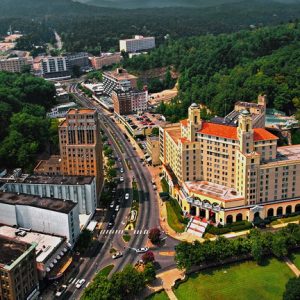 Arlington Hotel
Arlington Hotel 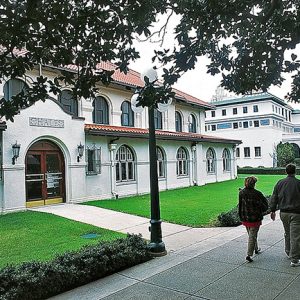 Bathhouse Row
Bathhouse Row  Bathhouse Row
Bathhouse Row  Buckstaff Bath House Calendar
Buckstaff Bath House Calendar 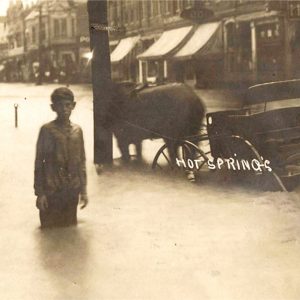 Flood, 1910
Flood, 1910 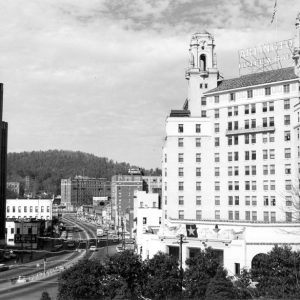 Hot Springs Central Avenue
Hot Springs Central Avenue 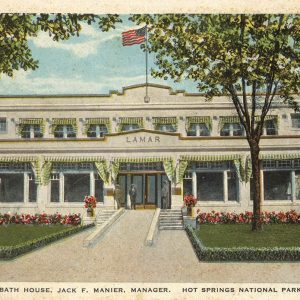 Lamar Bathhouse
Lamar Bathhouse  Lanai Towers
Lanai Towers 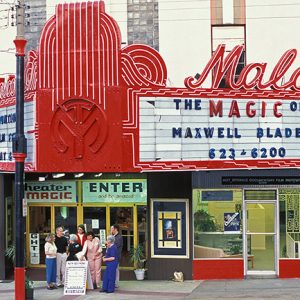 Malco Theater
Malco Theater 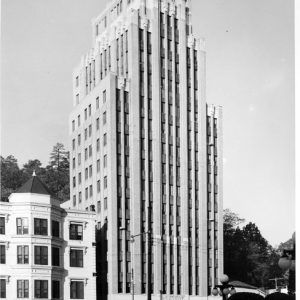 Medical Arts Building
Medical Arts Building 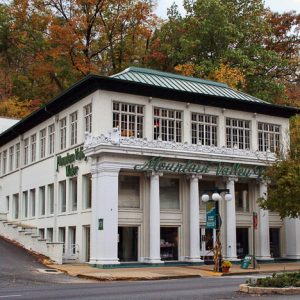 Mountain Valley Spring Water Headquarters
Mountain Valley Spring Water Headquarters 



Comments
No comments on this entry yet.